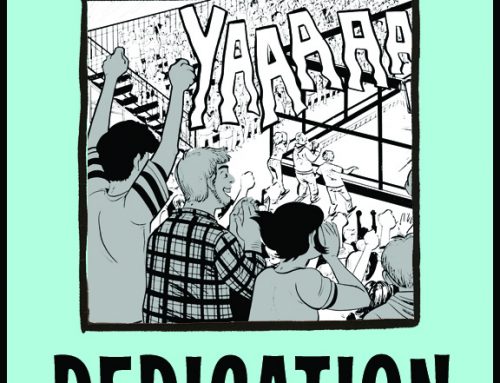test heading
(from the Florida Memory State Library & Archives. Obviously these young people are going fishing for books)
How essential are pre-orders to the life of a book?
We got this question thrown our way on Twitter last week, and since we didn’t answer it then, here’s a stab at an answer now!
The first thing to know here is: First Second prints the vast majority of our books in China. This is a process that takes some time. So just at the beginning of this month, I was putting in my initial order estimates for books that come out March 2014 — nine months away.
(The nine months is because of multiple factors — getting other printing quotes! Paper buying! Shipping time! Etc. They are not particularly relevant to this discussion.)
But looking around, you may notice — we haven’t even announced our Winter 2014 season yet. The books aren’t up on our website, or on Amazon. We may have done one or two individual title announcements (here’s looking at you, The Undertaking of Lily Chen and The Glorkian Warrior Delivers a Pizza), but we don’t have a catalog up or anything yet. The first time we talked to our field sales team about this set of books was two weeks ago.
So at this nine-months-out point, we go around and talk to some people about pre-orders: B&N; B&T, Amazon; Diamond; our Canada and UK distributors. You will note that these people are not so much people as they are really companies. And their order estimates aren’t based on what their customers are telling them (because these titles aren’t live and available for order for any of their consumers) but based on the author’s past track record and what we’re telling them about our projections for these books.
What that means is, when we make that first initial print run decision, you guys — the consumers — aren’t really a factor. We’re doing the best we can based on all the other information that we have in hand, but the excitement of the readers doesn’t play a part in the decision because, for the most part, we haven’t told any of the readers about the books yet.
At this point, it seems like the answer to this question goes something like, ‘[Insert maniacal laughter here], of course your pre-orders aren’t important, young reader! How could you even think they were?’ Surprisingly, this isn’t the case.
Some time after the point when we order the first printing, we put our catalog up, the distributors/companies release the information about our winter list to consumers, and we get a whole lot of information back from both the consumers and the distributors for the next several month until the books get published. On a weekly basis, we’re tracking pre-order numbers from multiple major booksellers and looking at other advance-order tells like the Indie Next List, the independent bookstores’ recommended hot title list for the upcoming season.
Then, about two months before the book comes out, if we’re seeing anything extraordinary happening to the book as far as those numbers go, we may order a second printing — before the first printing has even gone on sale. That printing will probably get into the warehouse right around the publication date, and it’s super-important to be looking at those early numbers so we don’t ship the first printing on the release date and then be out of books for two months because of shipping from China.
(This doesn’t typically happen because when we do our first printing, we try to print enough books to last us through a year of sales, not just one month.)
So, in short: pre-orders from consumers aren’t really so much of an indicator when we’re looking at the first printing for our book. But what they are extremely helpful for is when we’re looking at stock levels for a second or third printing much closer to publication.





